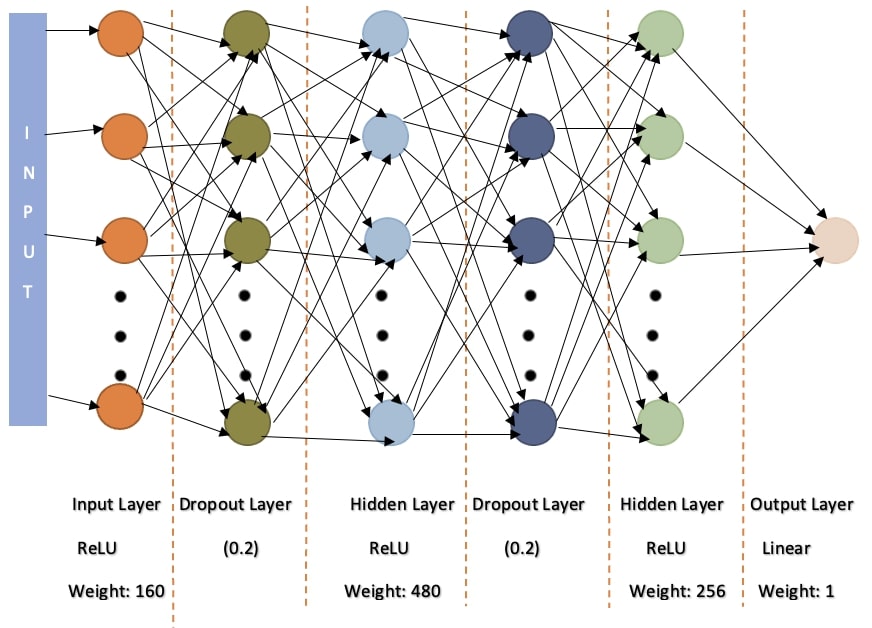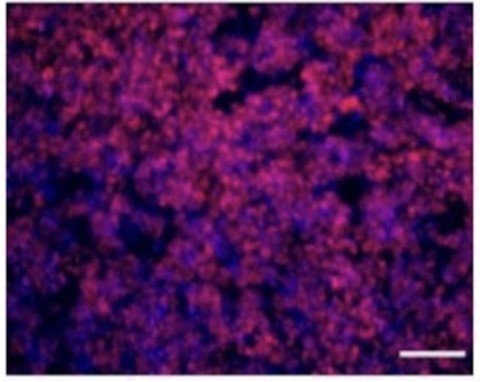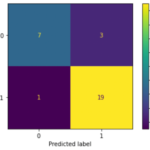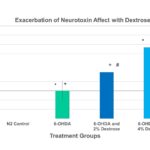‘Parkinson’s disease’
Deep Learning Pose Estimation model for Parkinsonism and Levodopa-Induced Dyskinesia
This research project utilized a Deep Learning Classification Model to design an algorithm for the detection of pathological motion, whether Parkinson’s or dyskinesia, and the prediction of the clinical rating of Parkinson’s or dyskinesia severity based on movement features.
Posted by buchanle on Tuesday, April 30th, 2024 in May 2024, Levodopa-induced dyskinesia, Parkinson’s disease, Unified Dyskinesia Rating Scale, Unified Parkinson’s Disease Rating Scale
N-cadherin Functionalized Hydrogels to Support Differentiation of Midbrain Dopaminergic Neurons
Induced Pluripotent Stem Cells (iPSC) used to differentiate Midbrain Dopaminergic neurons were embedded into different hydrogels.
Posted by buchanle on Tuesday, April 30th, 2024 in May 2024, Differentiation, induced pluripotent stem cells, Midbrain Dopaminergic Neurons, Neurodegeneration, Parkinson’s disease
Utilizing Predictive Models to Detect Parkinson’s Disease Via Fractal Scaling
Using Machine Learning to solve Degenerative Diseases
Posted by John Lee on Tuesday, May 30th, 2023 in May 2023, Early Diagnosis, Fractal Scaling, Machine learning, Parkinson’s disease, Voice Detection
Development of “Parkinson’s-like” disease in C. elegans Using Dextrose and a 6-OHDA Neurotoxin
Dextrose increased the neurotoxicity of the neurotoxin, 6-OHDA, in C. elegans in testing the development of “Parkinson’s-like” disease.
Posted by John Lee on Wednesday, December 23rd, 2020 in May 2020, C. elegans, Dextrose, Neurotoxin, Parkinson’s disease
Effects of IIIM1 on Rat Astrocytes
Designed to study a peptide’s ability to protect cells exposed to manganese chloride
Posted by Printess Berry on Thursday, August 27th, 2015 in May 2012, IIIM1, Manganese, oxidative stress, Parkinson’s disease, peptide





